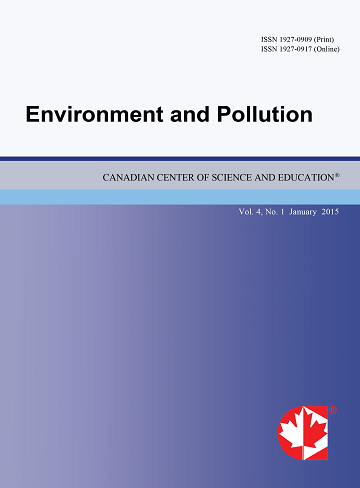Quantification and Characterization of Microplastics in Selected Water Bodies in and around Dhaka City
- Faika T. Ayshi
- Nur Shadia
- Sumaiya Sharmin
- Muhammad A. Ali
Abstract
Plastics pose serious threats to aquatic environments because of their persistence and non-biodegradability. Microplastics, defined as microscopic, manufactured particles (primary sources) or fragments derived from larger plastic debris (secondary sources), can persist in waterbodies for prolonged periods. Extensive research has been conducted to assess microplastic contamination in marine systems; however, freshwater ecosystems remain underexplored, particularly in Bangladesh. To address this gap, the present study identified, quantified, and characterized microplastics across key waterbodies in and around Dhaka City—Dhanmondi Lake, Ramna Lake, Hatirjheel, Buriganga River, and Turag River—during the winter (dry) and summer (wet) seasons. Collected samples were processed through sieving, wet peroxide oxidation (H₂O₂), and density separation (NaCl solution) to isolate, quantify, and characterize microplastics according to their size, shape, color, and texture. Results revealed significant seasonal and spatial variations. Microplastic content ranged from 0.44% (Dhanmondi Lake) to 9.34% (Turag River) in winter, increasing to 1.08% (Hatirjheel)–22.6% (Turag River) in summer. Peripheral rivers (Buriganga and Turag) consistently showed higher concentrations than inland lakes. By weight, larger particles (1.18–4.75 mm) dominated, while smaller particles prevailed by count. Most microplastics were irregular with rough surfaces, indicating prolonged exposure; however, sharp-edged larger particles in Dhanmondi Lake and Buriganga River suggested recent inputs. This study provides the first comprehensive assessment of microplastic pollution in Dhaka's freshwater systems, highlighting the seasonal dynamics and spatial variability of contamination. Advanced techniques such as Raman and Fourier Transform Infrared Spectroscopy can improve microplastic identification and quantification. Developing more sensitive detection methods, coupled with public awareness of their environmental and health impacts, is essential for effective management. Moreover, enforcing stricter regulations on single-use plastics is critical to mitigate microplastic pollution.
- Full Text:
 PDF
PDF
- DOI:10.5539/ep.v14n2p9
Journal Metrics
Index
- Academic Journals Database
- Berkeley Library
- CAB Abstracts
- CAS (American Chemical Society)
- CNKI Scholar
- COPAC
- CrossRef
- DTU Library
- Elektronische Zeitschriftenbibliothek (EZB)
- EuroPub Database
- Excellence in Research for Australia (ERA)
- Genamics JournalSeek
- Google Scholar
- Harvard Library
- Infotrieve
- Jisc Library Hub Discover
- JournalGuide
- JournalTOCs
- LOCKSS
- Max Planck Institutes
- Mir@bel
- PKP Open Archives Harvester
- Pollution Abstracts
- Publons
- Pubmed journal list
- ROAD
- Scilit
- SHERPA/RoMEO
- Standard Periodical Directory
- Stanford Libraries
- UCR Library
- Ulrich's
- UniCat
- Universe Digital Library
- UoS Library
- WorldCat
- Zeitschriften Daten Bank (ZDB)
Contact
- Albert JohnEditorial Assistant
- ep@ccsenet.org
